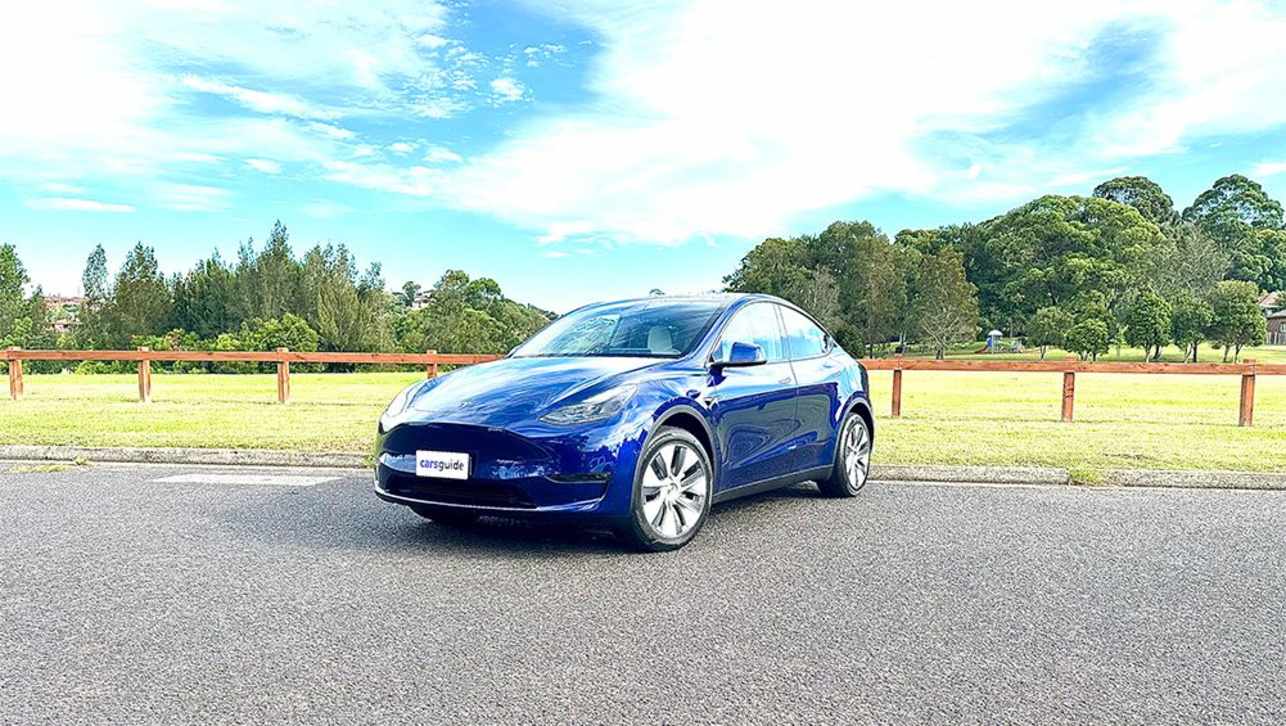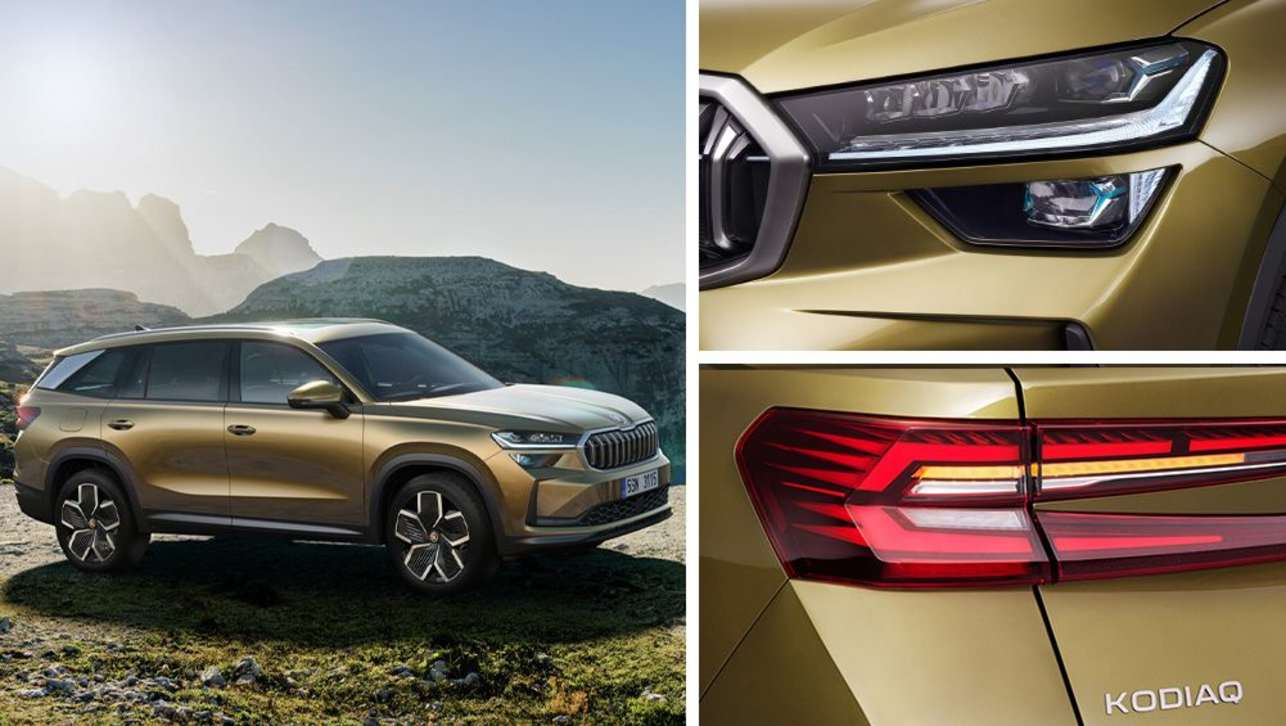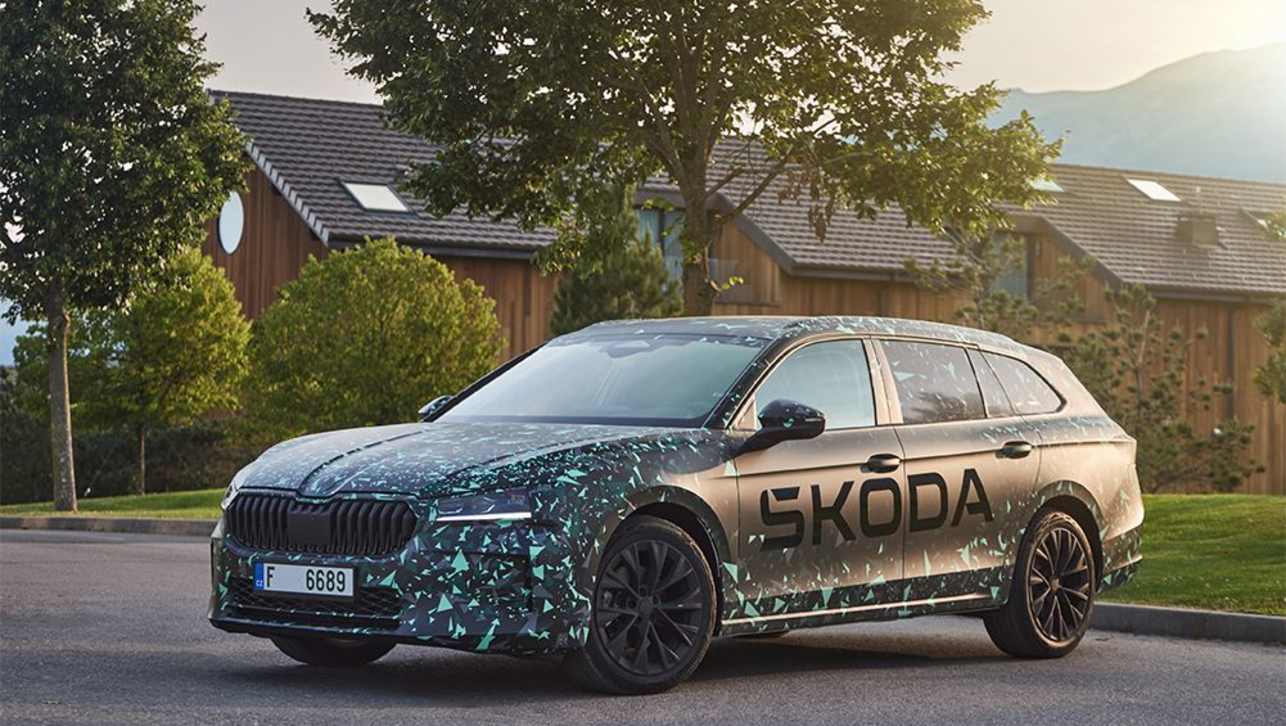Skoda Australia will bring to market an updated Kodiaq RS in early 2022, but the new performance SUV will be much different from the model it replaces.
Aside from the usual slight tweaks in styling and an update in technology that is coming for the rest of the Kodiaq range in late 2021, the RS will swap its diesel engine for a petrol one.
But will the new petrol-powered version prove more popular than its oil-burning predecessor?
The Skoda Kodiaq RS was first introduced to local showrooms early last year after the reclassification of Australia’s hot climate from the Volkswagen Group, around 18 months after it was unveiled at the 2018 Paris motor show.
This means the diesel-powered Kodiaq RS had a very limited shelf life in Australia, making its popularity difficult to accurately ascertain.
However, the new petrol-powered RS will be available just a few months after updated Kodiaq range hits showrooms, meaning it will probably have a longer innings in dealer forecourts than its diesel predecessor.
.jpg)
But what exactly is the difference between the two?
The 2.0-litre twin-turbo four-cylinder diesel engine produces 176kW/500Nm, while the new 2.0-litre single-turbo four-cylinder petrol punches out 180kW/370Nm – the same powertrain used in the Octavia RS and Volkswagen’s Golf GTI.
With noticeably less torque and only a slight increase in power, the petrol-powered Kodiaq RS might seem the less appealing of the two on engine outputs, but the new model is actually around 60kg lighter.
.jpg)
This means the 0-100km/h dash can still be achieved in just 6.6 seconds, 0.4s quicker than the Kodiaq RS diesel, and enough to bother some proper sports cars and hot hatches like the Mazda MX-5 and Hyundai i30 N.
The diesel however, is also the more economical of the two, with a claimed consumption figure of 6.2 litres per 100km compared to the petrol’s 7.5L/100km figure.
Regardless of engine, both Kodiaq RS’ are mated with a seven-speed dual-clutch automatic transmission that sends drive to all four wheels.
.jpg)
The Skoda Kodiaq competes against other seven-seat large SUVs offerings like the Mazda CX-9, Hyundai Santa Fe, Kia Sorento and Toyota Kluger, but so far remains the only option with a dedicated performance variant.
The Santa Fe and Sorento’s 3.5-litre V6 engines (outputting 200kW/331Nm and 200kW/347Nm respectively) actually outmuscle the Kodiaq RS’ power figure, while the 170kW/420Nm 2.5-litre turbo-petrol four-cylinder in the CX-9 beats out the Skoda for torque.
Of note, this isn’t the first time a performance model has moved from diesel to petrol, with Audi Australia’s second-generation SQ5 SUV switching from a 3.0-litre turbo-diesel V6 to a 3.0-litre turbo-petrol V6 in mid-2017 with seemingly little impact on its popularity.
So will the petrol Kodiaq RS succeed in Australia? Watch this space.








.jpg)

.jpg)
.jpg)
.jpg)

.jpg)

.jpg)
.jpg)
.jpg)




.jpg)
.jpg)
.jpg)




Comments